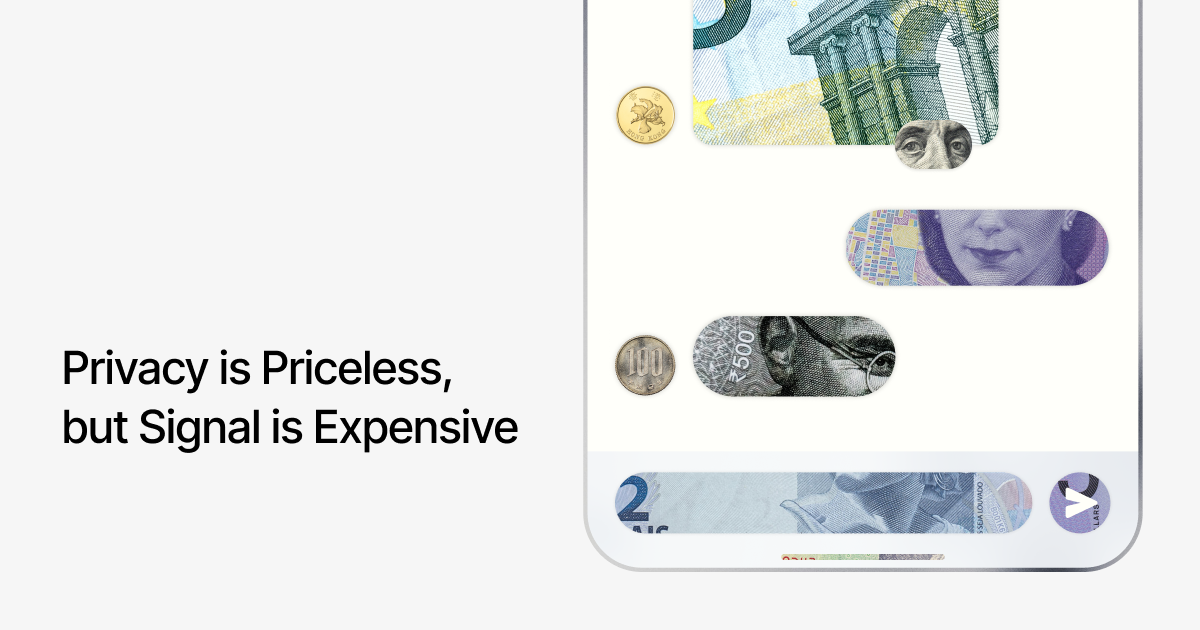

I think you should give Trilium(Next) Notes a try:
-
it has the hierarchical notes structure that you are familiar with in obsidian
-
it has better ways of keeping things organized (attributes can be values or references, can be shared and inherited, which provides a flexible framework for having notes “types” as templates that can be extended, e.g. people vs. colleagues, businesses vs. companies, etc)
-
it has the concept of note hoisting (which lets you focus on a note and its sub-notes, so other projects/spaces don’t come in the way of autocomplete and placing references), and workspaces that builds further on top of that
-
it can be used standalone (local client/offline-only, like obsidian) but coupling it with a remote-server opens more interesting use-cases (synching, sharing notes with others by public URLs, one-user/multi-client editing) which gives the best of both worlds (local-first/online-first) and lets you access your personal notes on devices you don’t necessarily own (which obsidian doesn’t). The mobile app story isn’t great (it’s a PWA with limited offline capabilities at the moment), but isn’t worse than the alternatives either (I can’t really work and think long form on a handheld, no matter the editor experience, but perhaps that’s just me).





I’m sure many did, but I’m also pretty sure it’s easy to draw a line between code assistance and LLM-infused code generation.